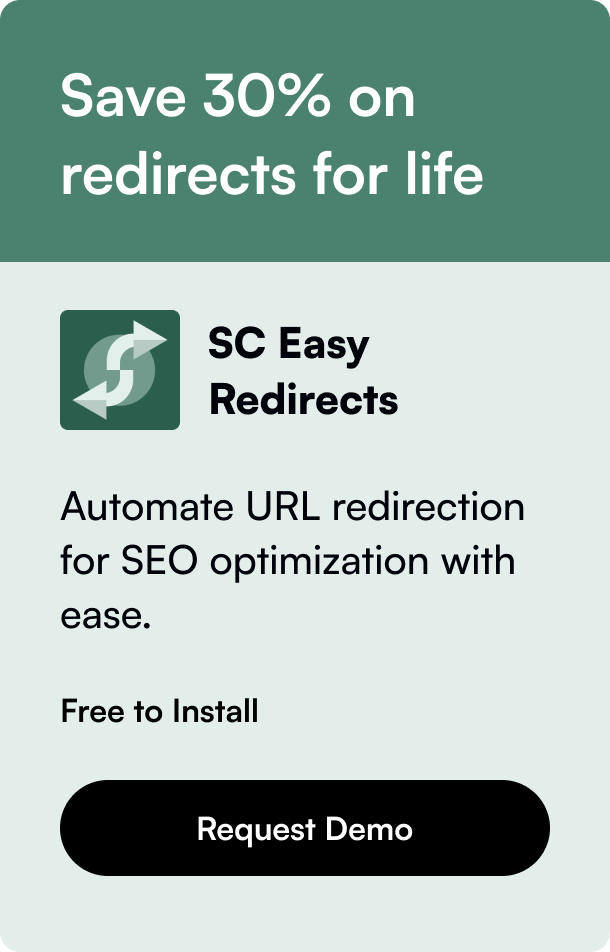Table of Contents
- Introduction
- Adding Products to Your Shopify Store: A Step-by-Step Guide
- Conclusion and Final Thoughts
In today’s e-commerce landscape, having an online presence is no longer just an option—it's a necessity. For many entrepreneurs and small business owners, Shopify has become the go-to platform to kickstart their online journey. However, the real game-changer lies in how well you present your products on your Shopify store. If you’re looking to optimize your store by adding detailed and compelling product information but are unsure where to start, this guide is for you.
Introduction
Have you ever abandoned an online shopping cart because the product descriptions were vague or the images were of low quality? You're not alone. Studies show that over 20% of purchase failures are potentially due to unclear product information. This underscores the importance of well-documented product listings on your Shopify store. But where do you begin? How do you ensure your products stand out in a sea of online merchandise? This blog post will walk you through, step by step, on how to add product information on Shopify effectively. From adding new products to tweaking your product descriptions for SEO, we've got you covered. So, let's dive in and transform your Shopify store into a shopper’s paradise.
Adding Products to Your Shopify Store: A Step-by-Step Guide
Crafting a perfect product page involves several crucial steps. Here, we'll outline the most effective approach to adding product information, ensuring clarity, appeal, and search engine visibility for your products.
Starting With the Basics: Adding a New Product
-
Navigate to Your Shopify Admin Dashboard: The journey of adding a product begins in your Shopify admin. Go to the ‘Products’ page and select ‘Add product’.
-
Fill Out Essential Details: Enter your product title and a compelling description. Remember, this is your chance to convince potential buyers why they need your product. Make it informative, engaging, and clear.
-
Upload High-Quality Images: Images are arguably the most critical part of your product listing. Upload high-resolution images that showcase your product from various angles. According to Shopify guidelines, keeping image sizes consistent across your store creates a more harmonious look.
Setting the Right Price
-
Competitive Pricing: Under the 'Pricing' section, enter the price you want to charge for your product. It’s vital to research your competition to ensure your pricing is competitive.
-
Inventory and SKU Details: Shopify enables you to track inventory by entering the quantity available and the Stock Keeping Unit (SKU). An organized inventory ensures you never sell more than what you have in stock.
Mastering Variants and Organizing Products
-
Variants Addition: If your product comes in different sizes, colors, or materials, you can add these as variants. This allows customers to select their preferred version effortlessly.
-
Organization Through Tags and Collections: Use tags and collections to organize your products. This not only makes your store easy to navigate but also enhances the shopping experience for your customers.
Optimizing for Search Engines
- SEO Matters: Make sure to fill out the 'Search engine listing preview' with SEO in mind. Customize the page title and meta description to include relevant keywords. This can significantly improve your store's visibility on search engines.
Leveraging Shopify’s Themes and Metafields
-
Customization With Themes: Shopify’s themes are powerful tools that can significantly impact the appeal of your product pages. Ensure that your chosen theme aligns with the aesthetic and functional needs of your product listings.
-
Using Metafields for Additional Information: Shopify allows you to add custom fields to your product listings through metafields. This is particularly useful for adding extra information that your customers might find relevant, such as care instructions, dimensions, or ingredients.
Conclusion and Final Thoughts
Successfully adding product information on Shopify isn’t just about the technical steps involved. It's about creating a compelling, informative, and visually appealing online storefront that draws customers in and encourages them to make a purchase. By following the guidelines outlined in this blog post, you set the groundwork for a thriving online store that stands out from the competition. Remember, the goal is to provide your customers with all the information they need to make an informed purchase decision confidently.
As you continue to refine your product listings, keep experimenting with different descriptions, images, and SEO strategies to see what resonates best with your audience. With time and persistence, you'll not only master the art of adding product information on Shopify but also pave the way for your e-commerce success.
Frequently Asked Questions
-
How can I add multiple products to Shopify at once?
- You can add multiple products at once by using the CSV file import feature on Shopify. This is ideal for uploading large quantities of product information efficiently.
-
Is it possible to duplicate products on Shopify?
- Yes, Shopify allows you to duplicate similar products. This feature saves time, especially when listing multiple products with slight variations.
-
How do I optimize my product pages for SEO?
- Include relevant keywords in your product titles and descriptions, optimize your images for web use, and utilize Shopify's search engine listing section to customize how your products appear in search results.
-
Can I use my smartphone to add products to my Shopify store?
- Absolutely, you can use the Shopify mobile app to add products, manage inventory, and even scan barcodes directly from your smartphone, making it easy to manage your store on the go.
Remember, the key to a successful Shopify store lies in how well you present your products. Take the time to craft detailed, SEO-friendly listings that accurately reflect the uniqueness of your offerings. Happy selling!








